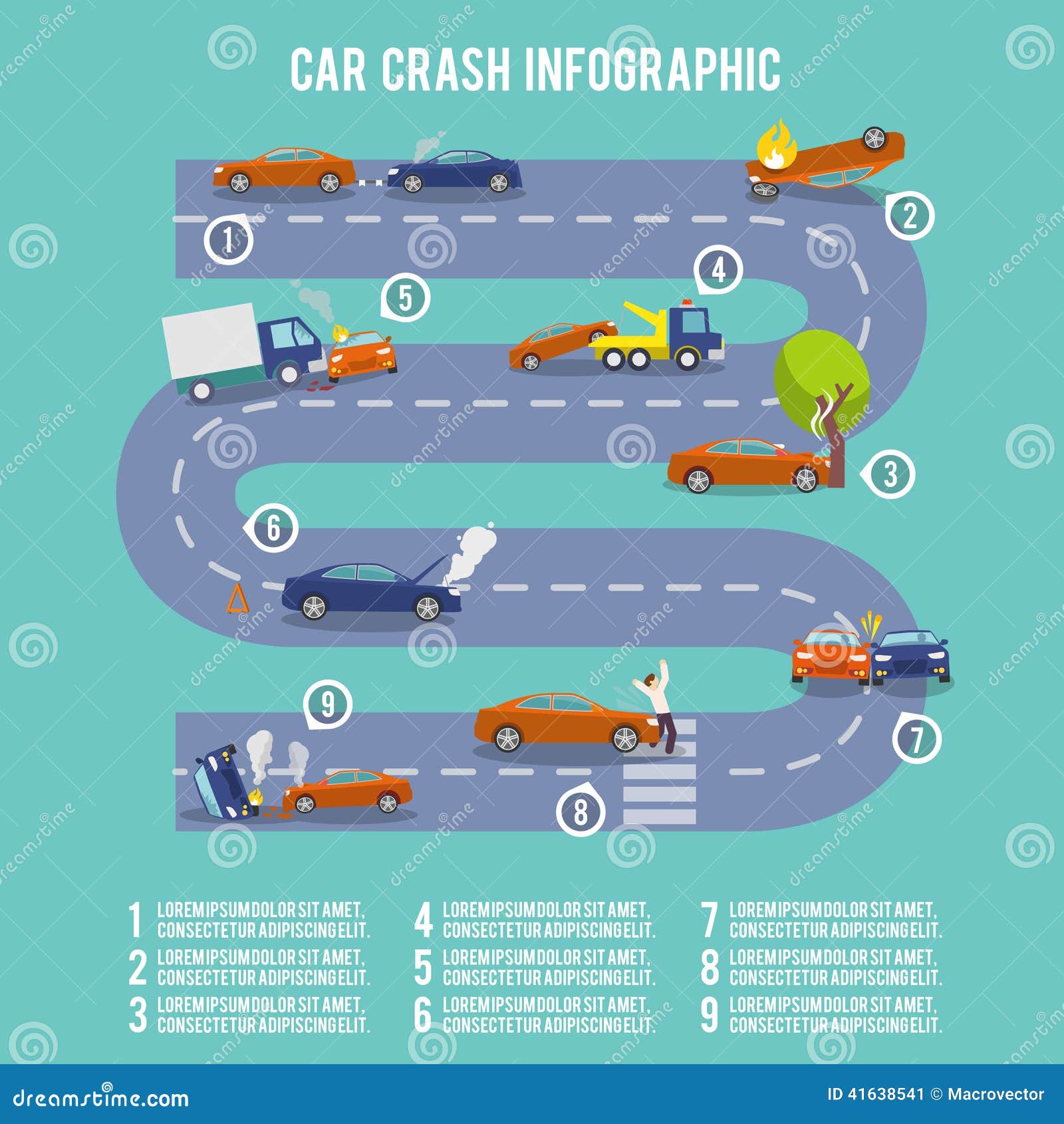Wish To Learn More About The Warning Lights On Your Dashboard? Discover What They Suggest Concerning Your Lorry'S Health And Safety
Wish To Learn More About The Warning Lights On Your Dashboard? Discover What They Suggest Concerning Your Lorry'S Health And Safety
Blog Article
Developed By- https://ecutuningforbeginners40617.madmouseblog.com/12585670/assess-your-automobile-s-demands-to-find-the-perfect-vehicle-describing-solution-for-you-but-which-aspects-will-really-affect-your-decision
When you lag the wheel, those radiant warning lights on your control panel can be a bit complicated. Do you understand what they're trying to tell you regarding your auto's health and wellness? Comprehending the significance of these lights is crucial for your security and the long life of your automobile. So, the next time among those lights appears, wouldn't you want to analyze its message accurately and take the needed steps to address it?
Common Caution Lighting and Interpretations
Recognize usual warning lights in your automobile and recognize their meanings to ensure risk-free driving.
One of the most regular caution lights consist of the check engine light, which signals problems with the engine or emissions system. If this light comes on, it's vital to have your automobile checked promptly.
The oil pressure alerting light suggests reduced oil stress, needing immediate attention to stop engine damages.
A blinking battery light might suggest a malfunctioning charging system, possibly leaving you stranded if not dealt with.
The tire pressure monitoring system (TPMS) light notifies you to low tire stress, impacting vehicle security and fuel effectiveness. Ignoring https://www.thisisardee.ie/2022/07/20/automotive-repair-and-maintenance-services-market-is-booming-worldwide-firestone-complete-auto-care-christopher-auto-repair-discount-brake-auto-repair-goodyear-tire-rubber-sumitomo-c/ could result in risky driving conditions.
The ABS light shows a trouble with the anti-lock stopping system, compromising your ability to quit quickly in emergency situations.
Lastly, the coolant temperature cautioning light warns of engine getting too hot, which can cause serious damages if not solved promptly.
Comprehending these common caution lights will certainly help you resolve problems immediately and preserve secure driving problems.
Significance of Prompt Focus
Recognizing the typical warning lights in your cars and truck is just the very first step; the value of without delay resolving these cautions can't be emphasized enough to guarantee your security on the road.
When a warning light brightens on your dashboard, it's your cars and truck's way of communicating a prospective problem that needs interest. Overlooking these cautions can lead to a lot more extreme issues later on, endangering your safety and security and possibly costing you a lot more out of commission.
Motivate focus to warning lights can avoid failures and mishaps. As an example, a flashing check engine light can show a misfire that, if left unattended, might trigger damage to the catalytic converter. Addressing this promptly can save you from an expensive repair service.
In a similar way, a brake system cautioning light might signal reduced brake fluid or used brake pads, vital parts for your safety when driving.
Do It Yourself Troubleshooting Tips
If you notice a caution light on your control panel, there are a couple of do it yourself repairing pointers you can try prior to seeking expert help.
The very first step is to consult your automobile's manual to understand what the particular caution light suggests. Often the concern can be as basic as a loose gas cap triggering the check engine light. Tightening the gas cap might solve the issue.
Another usual issue is a low battery, which can cause different warning lights. Inspecting the battery connections for deterioration and ensuring they're secure might fix the problem.
If a warning light lingers, you can try resetting it by separating the vehicle's battery for a couple of minutes and after that reconnecting it. Furthermore, inspecting your car's fluid levels, such as oil, coolant, and brake liquid, can help repair alerting lights associated with these systems.
Verdict
Finally, comprehending your cars and truck's warning lights is vital for keeping your automobile running smoothly and safely. By immediately attending to these signals and recognizing what they mean, you can stay clear of pricey repairs and potential malfunctions.
Keep in mind to consult your cars and truck's handbook for particular information on each warning light and take action as necessary to ensure a hassle-free driving experience.
Remain educated, stay safe on the road!
